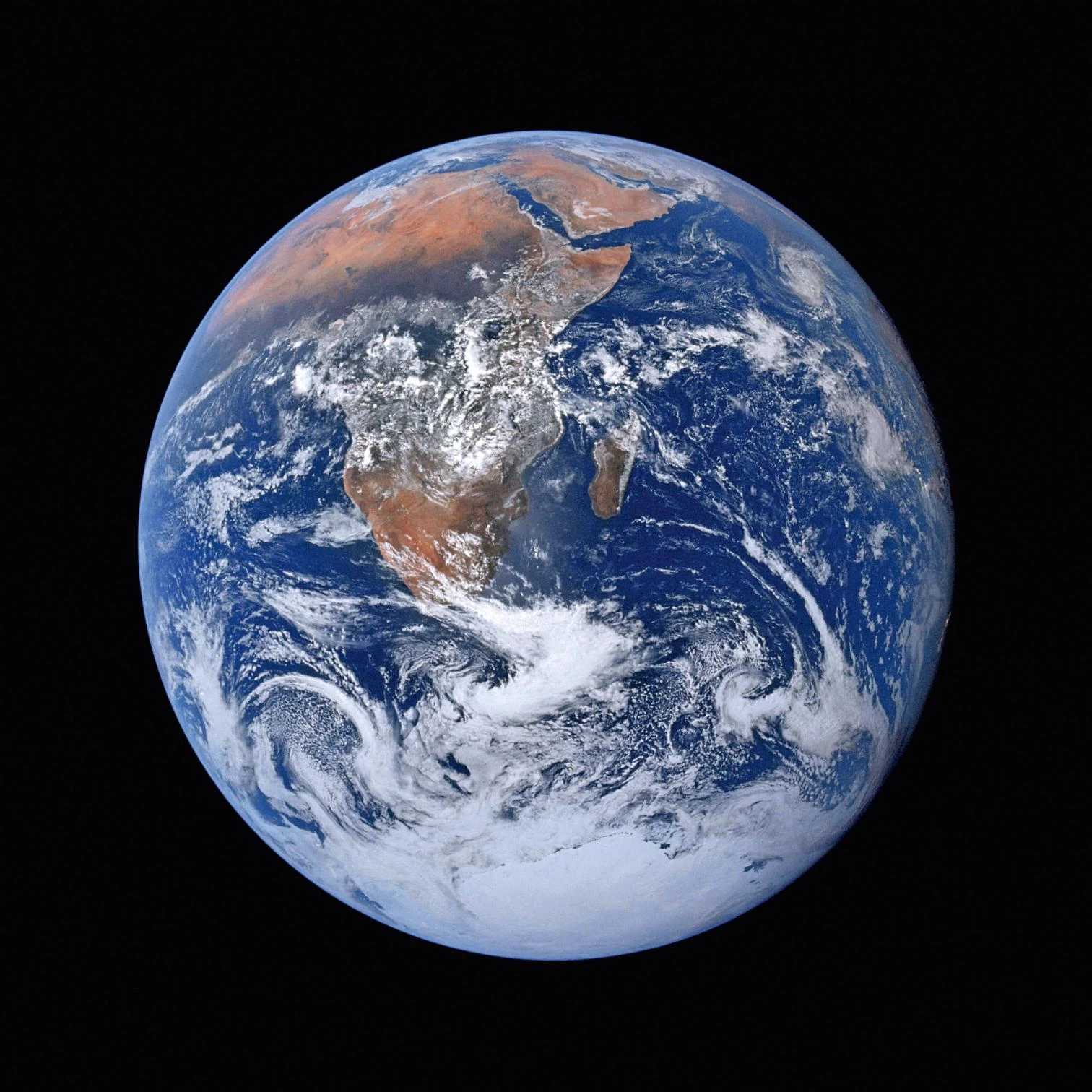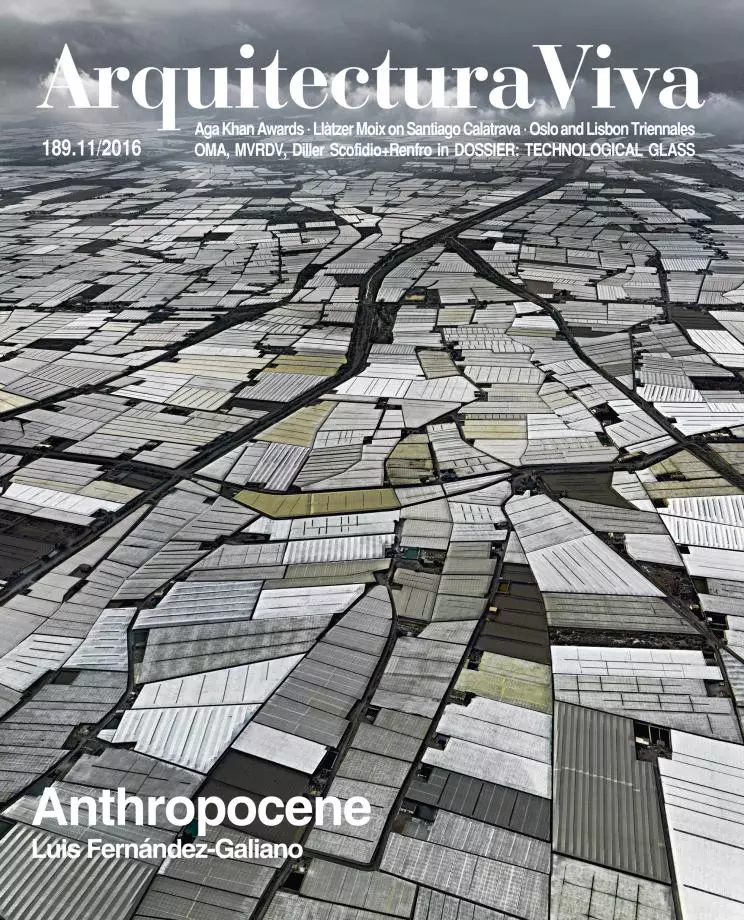
Half a century ago, on 23 August 1966, the Lunar Orbiter 1 sent the space station of Robledo de Chavela, near Madrid, the first photograph of the Earth seen from the Moon, a black and white, still low-resolution image. Two years later, on 24 December 1968, the Apollo 8 crew pressed the shutter button of the camera to capture a mythical image, the ‘Earthrise’ from the lunar orbit. And finally, on 7 December 1972, Apollo 17 photographed the fully illuminated globe at a distance of around 45.000 kilometers, and the ‘Blue Marble’ would become a symbol for alternative movements by vividly showing the common destiny of all mankind on ‘Spaceship Earth,’ as a visionary Buckminster Fuller would call it. The young Steward Brand, who in 1966 had already campaigned for NASA to release the image of our planet from space, would publish between 1968 and 1972 the Whole Earth Catalog, which became the ‘Bible’ of counterculture, and which would feature the ‘Earthrise’ and the ‘Blue Marble’ successively on its characteristic black cover.
The significance of these images in the collective perception of our relationship with our home planet can be repeated today with the scientific community’s endorsement of a new geological label: the decision to use the term Anthropocene to refer to the epoch of the Quaternary period that began in the mid-20th century with the proliferation of nuclear tests is called to have a similar impact as seeing the Earth from space for the first time. The ‘Anthropocene’ is the ‘Blue Marble’ of this century, because both convey the same message: the fragility of our planet and the necessary solidarity among the inhabitants of this common home, which we have done so much to degrade, and of which we are inevitable passengers in its journey through space and time. If the previous issue of Arquitectura Viva had an image of the planet on the cover and my presentation was illustrated with the ‘Earthrise’ of 1968, in this issue – that complements and extends it – there seemed to be no better image to sum up my presentation than the ‘Blue Marble’ of 1972.
When the Apollo 8 photograph was taken I was in my first year at the Madrid School of Architecture, and in the last one when that of the Apollo 17 was published, so it is easy to understand how this global and alternative vision – later fuelled by the oil crises of 1974 and 1979 – seduced so many of my generation. Here, to explore the current challenges of the world, I have chosen to reproduce an academic lecture delivered five years ago and perhaps still pertinent. In his response to it, Rafael Moneo linked it with a book written in my younger years, Fire and Memory – “an entire program, if not a manifesto”– and underscored its “implicit message of optimism,” proposing as it did a thermodynamic aesthetic and an ecosystemic ethic to face the dramatic reality of the Anthropocene. Hopefully our readers will also consider it optimistic, even if it moves “between the anthropic Scylla and the entropic Charybdis, between a world shaped entirely by man and a time that inexorably destroys lives and works”: perhaps a minor manifesto for a major emergency.





